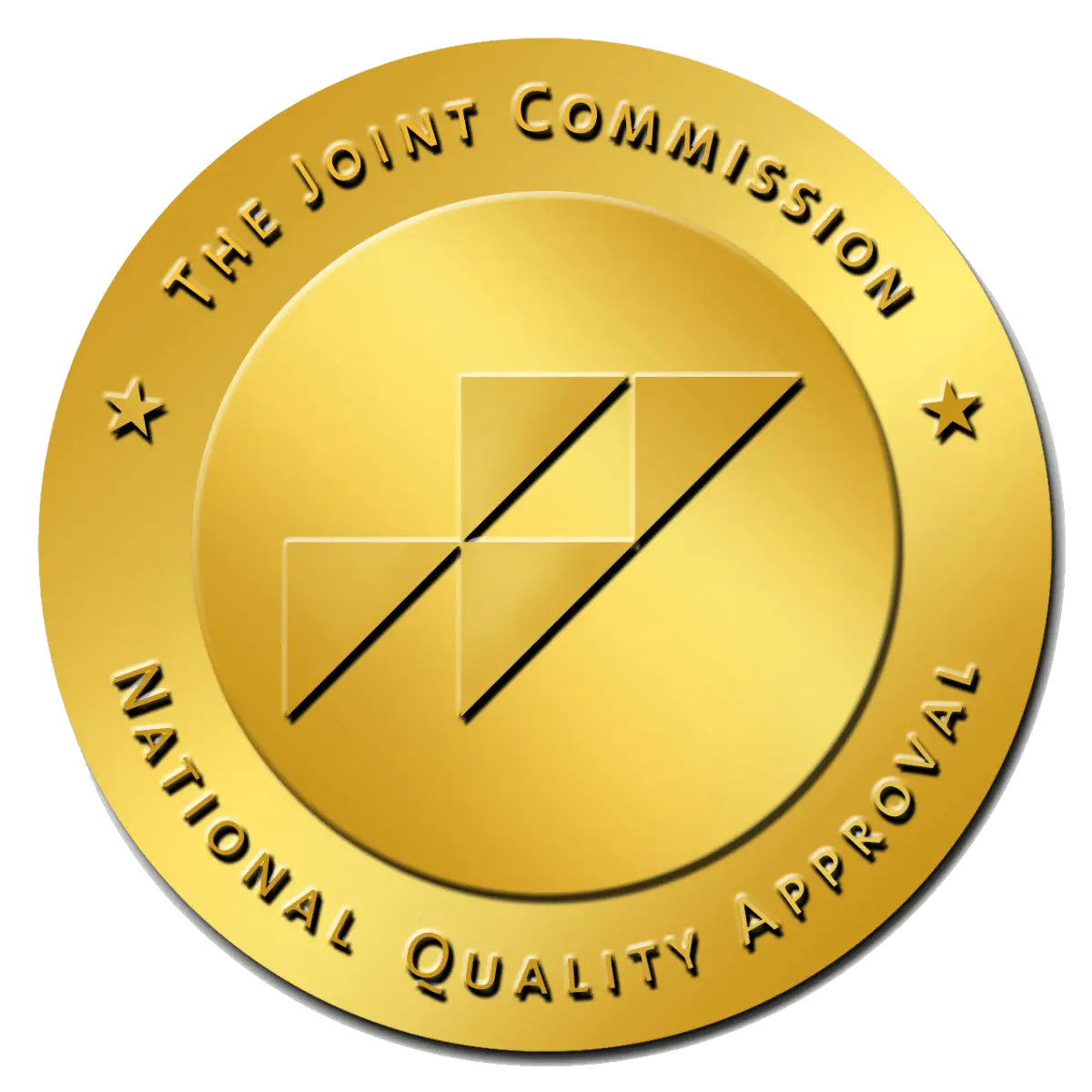Heroin Withdrawal:
How Long Does it Last?
Villa Oasis San Diego: Your Path to Lasting Recovery
Written by: Lynn Finnell, LFMT, LAADC | Reviewed by: Christian Small, MD
Heroin addiction is a national concern, with the National Institute on Drug Abuse’s 2021 data indicating that about 1 million people have a heroin use disorder. A significant challenge for those attempting to discontinue heroin use is the onset and management of withdrawal symptoms. This underscores the importance of effective heroin treatment like our detox and residential program at Villa Oasis. The duration of heroin withdrawal, an integral component of heroin treatment, varies based on several factors.

Heroin Withdrawal Symptoms & Signs
Heroin withdrawal can be both physically and mentally challenging. The symptoms arise when someone heavily using heroin cuts down or quits entirely. These symptoms include:
-
Intense cravings for heroin
▻
-
Restlessness and anxiety
▻
-
Muscle and bone pain
▻
-
Insomnia
▻
-
Cold flashes with goosebumps (often called "cold turkey")
▻
-
Nausea or vomiting
▻
-
Diarrhea
▻
-
Large pupils and watery eyes
▻
-
Runny nose
▻
-
Sweating
▻
How Long Does Heroin Withdrawal Last?
Heroin withdrawal length largely depends on the individual’s usage history, frequency, amount of drug consumed, and general physical condition. Generally:
-
Acute withdrawal symptoms: Can begin within 6-12 hours of discontinuation and peak between 1-3 days after the last use, then taper over a week.
▻
-
Post-Acute Withdrawal Syndrome (PAWS): Some people experience PAWS, which includes ongoing withdrawal symptoms (primarily psychological) that can persist for weeks or months after acute withdrawal.
▻
While the acute symptoms of heroin withdrawal typically diminish within a week, the extended effects, like Post-Acute Withdrawal Syndrome (PAWS), can linger. This underscores the importance of consistent medical oversight and support. Additionally, educating oneself about all aspects of heroin use, including being aware of “heroin street names,” is crucial for recognizing the signs of use and facilitating effective intervention. Recognizing that recovery is a long-term commitment can guide individuals toward a sustained and holistic path to sobriety.
What is the Heroin Withdrawal Timeline?
To better understand how long heroin withdrawal lasts, here is a general timeline:
-
6-12 hours after last use: Symptoms like muscle aches and anxiety begin.
▻
-
1-2 days: Symptoms intensify. You might experience severe body pains, insomnia, diarrhea, and more.
▻
-
3-5 days: This is often the peak of withdrawal, with more pronounced symptoms like nausea and vomiting.
▻
-
6-7 days: Acute symptoms fade, but psychological symptoms such as anxiety or depression may persist.
▻
-
Weeks to months: Some might still experience mood swings, fatigue, and other PAWS symptoms.
▻
Signs of Heroin Withdrawal
It’s essential to recognize the signs early to ensure the safety of the individual:
-
Intense drug cravings: A strong desire to consume the drug, even when trying to quit.
▻
-
Mood disturbances: Including sudden mood swings, depression, or bouts of intense anxiety.
▻
-
Sleep disturbances: Such as insomnia or excessive sleeping.
▻
-
Physical complications: Like fever, chills, tremors, or sweating without any evident reason.
▻
The symptoms of heroin withdrawal, though distressing, signify the body’s adjustment to the absence of the drug. One noticeable symptom during this phase is the appearance of heroin eyes, which reflect changes such as dilated pupils reverting to normal size and reduced redness and puffiness, underscoring heroin’s deep grip on an individual. These manifestations highlight the critical need for professional supervision during detox. With proper medical oversight, individuals can navigate this challenging phase safely and with the requisite support.
How to Detox from Heroin
Embarking on the detoxification journey from heroin is a defining step in recovery. The complexities and challenges involved make professional medical oversight beneficial and crucial. Here’s a more seamless breakdown of the essential phases:
Medical Evaluation
Before diving into the detox process, a thorough medical assessment is essential. This review delves deep into the patient’s heroin usage history, capturing nuances like frequency, dosage, and duration. Additionally, identifying any coexisting medical conditions and acknowledging past withdrawal attempts is crucial. With these insights, healthcare professionals can craft a tailored detox plan designed to optimize safety and enhance the prospects of a successful recovery.
Supervised Withdrawal
The importance of a medically monitored environment cannot be overstated. In such a setting, safety is paramount. Rapid medical responses can be mobilized to address severe symptoms, such as acute dehydration. Simultaneously, this controlled environment facilitates the administration of specific medications, like methadone or buprenorphine.
These drugs are designed to alleviate the distressing withdrawal symptoms and manage the intense cravings often associated with heroin detox. Beyond the tangible physical benefits, this stage also serves as a pillar of emotional support, helping patients navigate the taxing psychological aspects of detox.
The initial physical symptoms of withdrawal might diminish within a week, but the psychological challenges often persist. Cognitive Behavioral Therapy (CBT) is a pivotal tool in this phase. It guides patients, helping them recognize and sidestep potential triggers that might lead to relapse. Furthermore, group therapy provides an avenue for communal healing. It nurtures community and belonging, allowing patients to draw strength and insight from shared experiences.
For many families and friends, a pressing concern often arises if their loved one is addicted to heroin. This crucial question emphasizes the importance of understanding the depth and nuances of addiction, as recognizing the signs early can lead to timely intervention.
While the idea of independent detox might hold a certain allure, the numerous advantages of professional oversight and support stand in stark contrast. When striving for recovery, choosing a path that significantly boosts the chances of lasting success is always best.
Villa Oasis in San Diego Heroin Detox & Treatment
Villa Oasis stands out as a beacon of hope for individuals battling heroin addiction. In San Diego, Villa Oasis offers a serene environment, state-of-the-art facilities, and evidence-based treatment modalities at with our residential and detox program. The experienced staff at Villa Oasis ensures that every individual receives personalized care, understanding the intricacies of heroin addiction and withdrawal.
Their focus is not just on detoxification but holistic recovery. This includes therapy sessions, group activities, life skills training, and aftercare support. If you or someone you know is battling heroin addiction, it’s essential to understand that medically supervised detox, while demanding, paves the way for a drug-free future. Facilities like Villa Oasis stand ready to support and provide expert addiction treatment throughout this journey.




